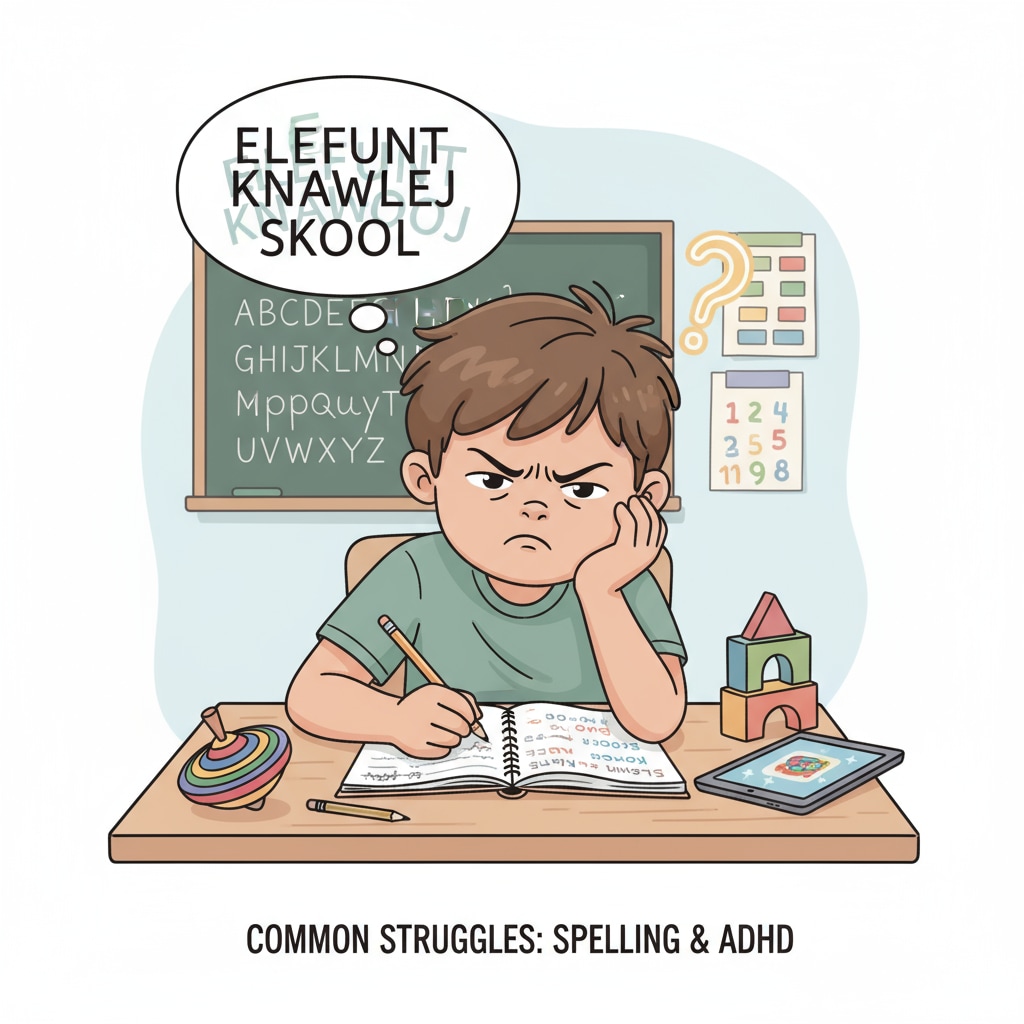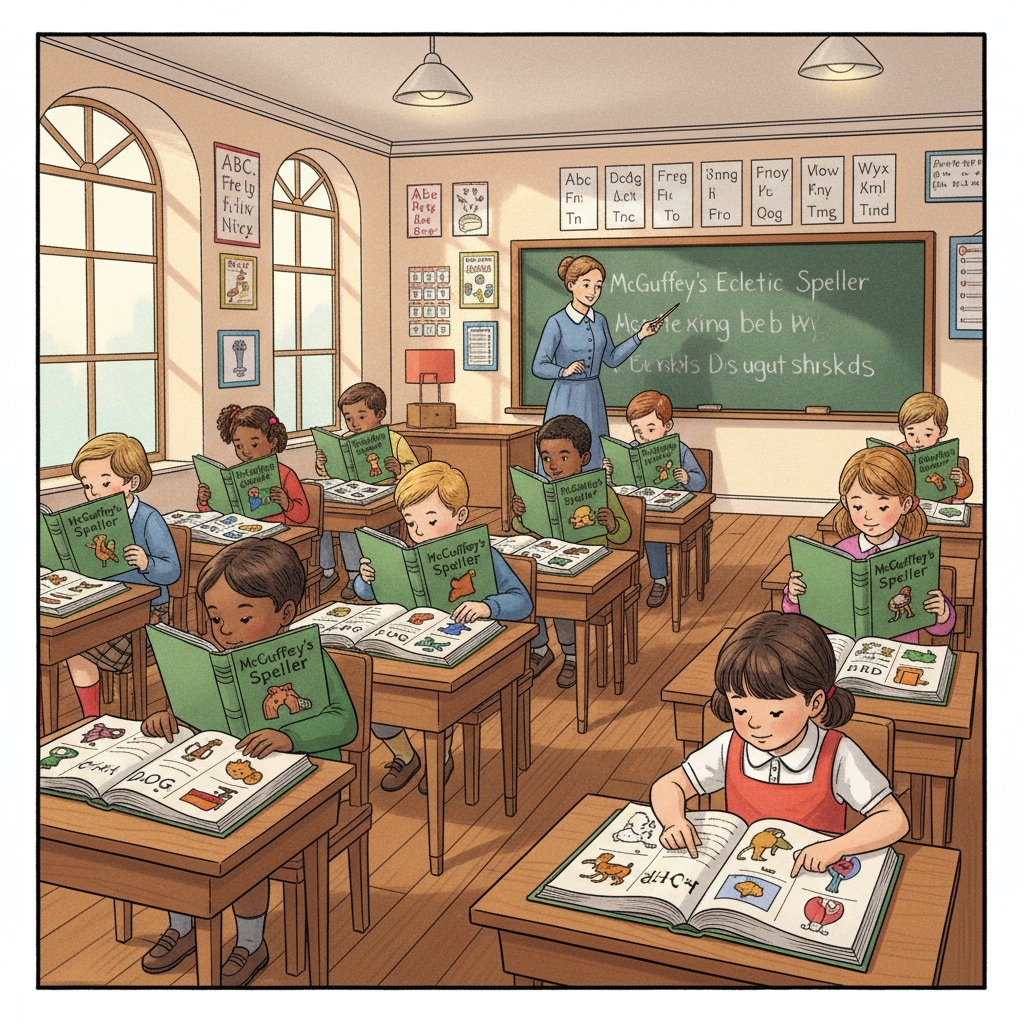ADHD, spelling learning, and educational apps are key elements in helping children with attention disorders build effective learning experiences. Children with Attention-Deficit/Hyperactivity Disorder (ADHD) often encounter distinct hurdles when it comes to spelling. Traditional learning approaches may not be sufficient to address their specific needs. In this article, we will delve into these challenges, explore the limitations of conventional methods, and provide insights into choosing and utilizing customized educational applications.
The Struggles of ADHD Children in Spelling Learning
ADHD affects a child’s ability to focus, pay attention, and sustain concentration. This makes spelling particularly difficult. For example, these children may have trouble remembering the sequence of letters in a word. They might be easily distracted during spelling lessons, missing important details. As a result, their spelling accuracy often suffers. According to the CDC, many ADHD children struggle with academic tasks like spelling due to their neurological differences.

Limitations of Traditional Spelling Learning Methods
Traditional spelling learning methods, such as rote memorization and repetitive writing, may not work well for ADHD children. These methods rely on a child’s ability to sit still and focus for extended periods. However, ADHD children have a hard time with this. Moreover, they may find these methods boring and unengaging. For instance, simply writing a word 20 times may not help an ADHD child remember its spelling. As Understood.org points out, alternative approaches are needed to meet their learning requirements.

Customized educational apps can be a game-changer for ADHD children. These apps are designed with their unique needs in mind. They often incorporate features like interactive games, colorful visuals, and audio cues to make learning more engaging. For example, an app might turn spelling into a fun adventure game, where children have to spell words correctly to progress. This not only makes learning enjoyable but also helps improve their focus and retention.
Readability guidance: By using short paragraphs and lists, we can better summarize key points. Each H2 section should strive to include a list. Controlling the proportion of passive voice and long sentences, and adding transitional words throughout the text, will enhance readability.


